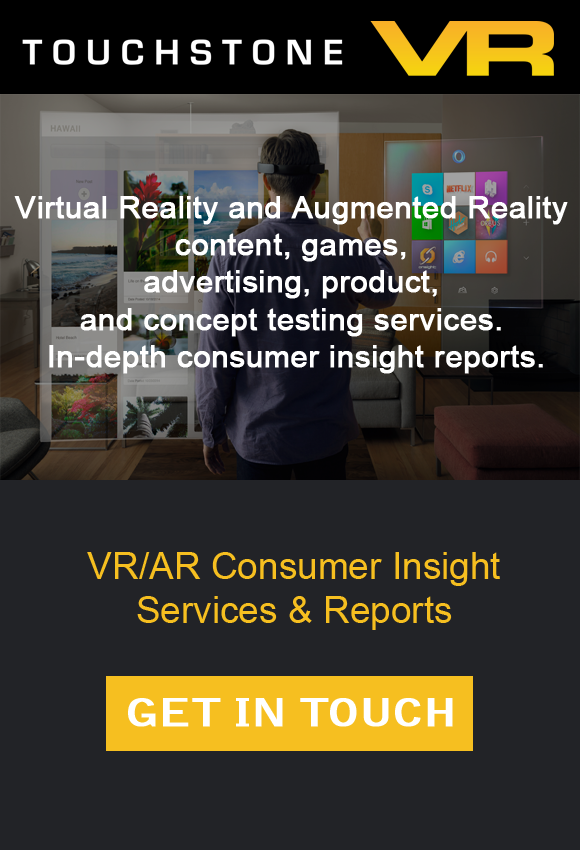While VR devices have been around since the 1990s, it wasn’t until 2012 when the Oculus Rift was introduced was when the potentials of VR came to the forefront. Since then, the technology has grown more present across a variety of industries and will continue to do so. Virtual Reality has a bright future specifically in the Marketing industry.
This year, it is possible that people, especially marketers, will be able to communicate with Social Media audiences in VR. Doing so will provide face-to-face customer service, as well as on-screen demonstrations to better relay instruction. Facebook, after purchasing Oculus for $2 billion in 2014, invested another $25 million into the creation of VR content such as education and social apps. In December 15, 2016, Oculus launched Rooms and Parties, which would allow Facebooks user to hangout, chat, and make calls all in virtual reality.
Companies are capitalizing of implementing VR into their businesses. The New York Times, for example, brings their audience into the news with “NYT VR.” The app uses Google Cardboard and is available for download on Android and Apple devices. The Huffington Post has a similar feature, known as RYOT that brings storytelling to a new level for its readers. IKEA even launched VR Experience on Steam to allow users to walk around and interact with objects in a virtual kitchen.
According to Goldman Sachs, VR will be bigger than TV within the next decade, generation $110 billion in revenue. Additionally, IDC’s The Worldwide Semiannual Augmented and Virtual Reality Spending Guide predicts that the AR/VR market will grow to over $162 billion by 2020 with active VR users growing to 171 million in 2018. Virtual Reality will continue to grow and will become prevalent in a variety of additional industries over the coming years.
Below is the infographic by Knowledgehut:




